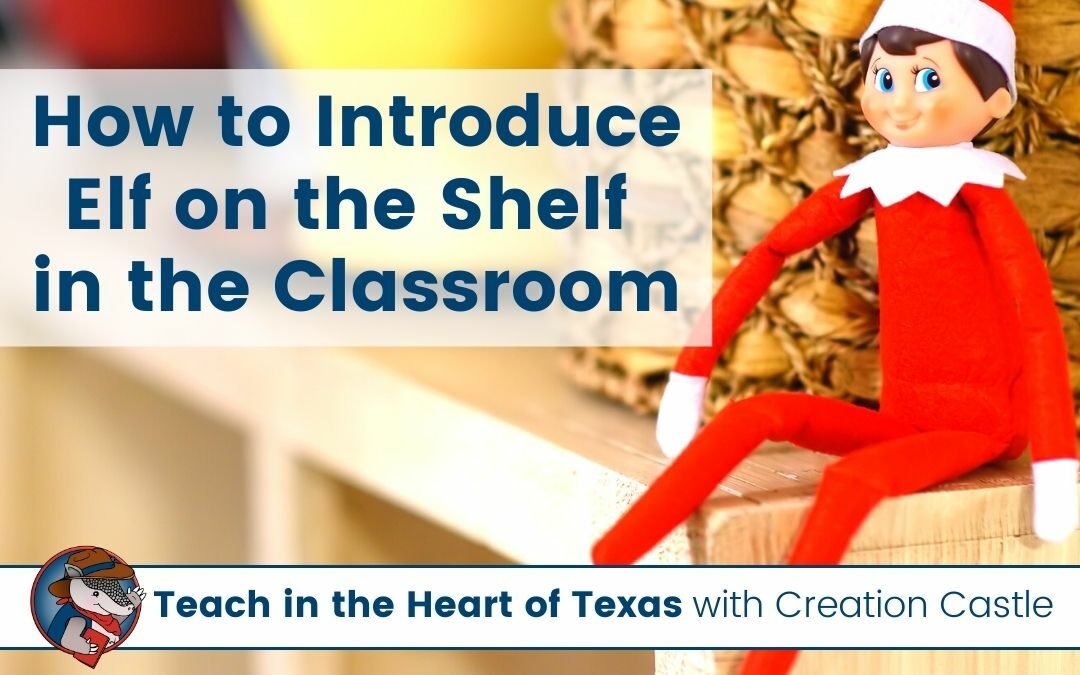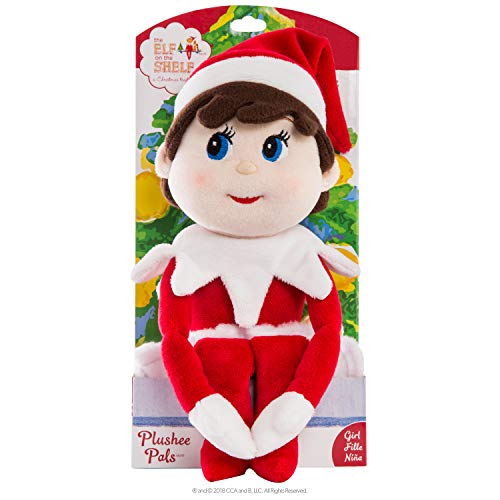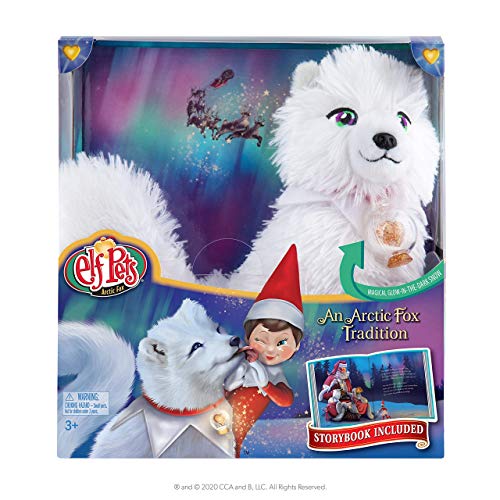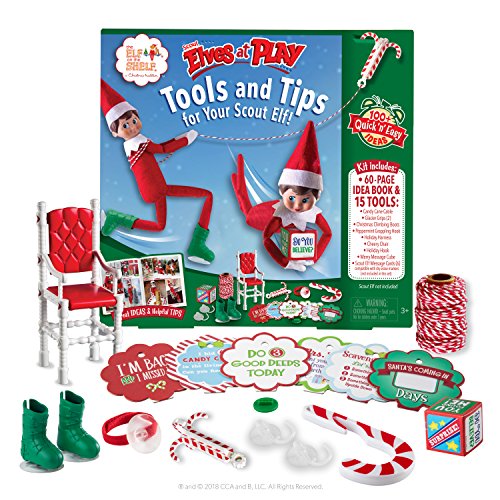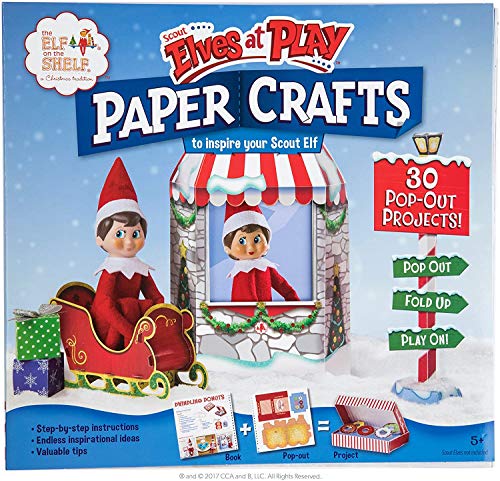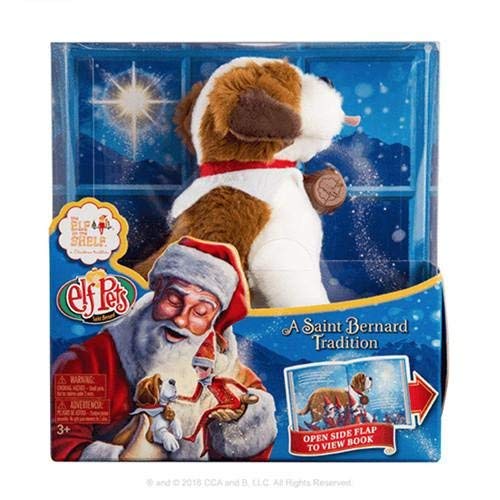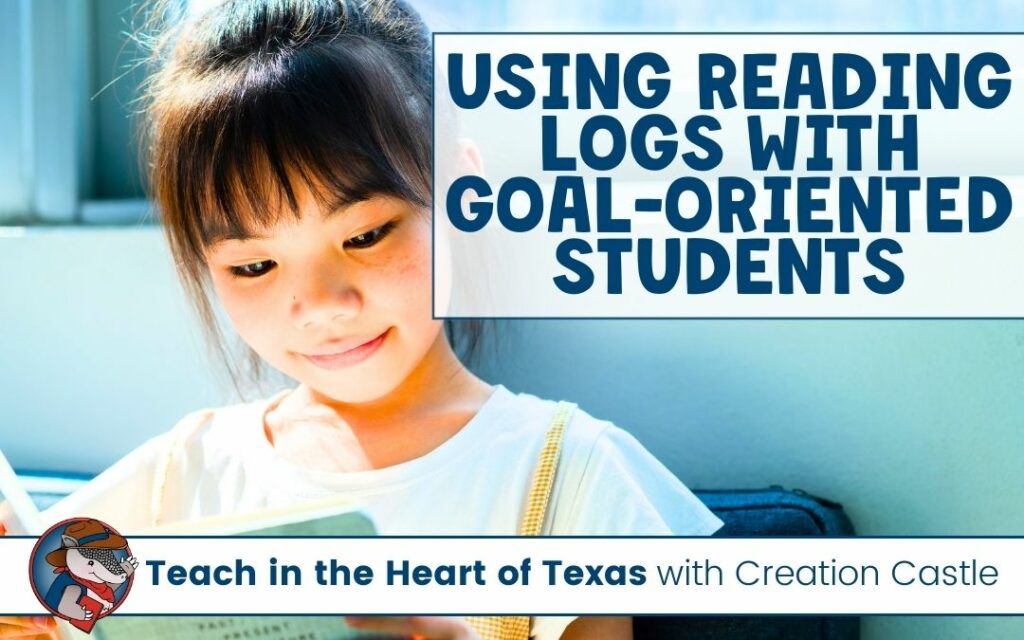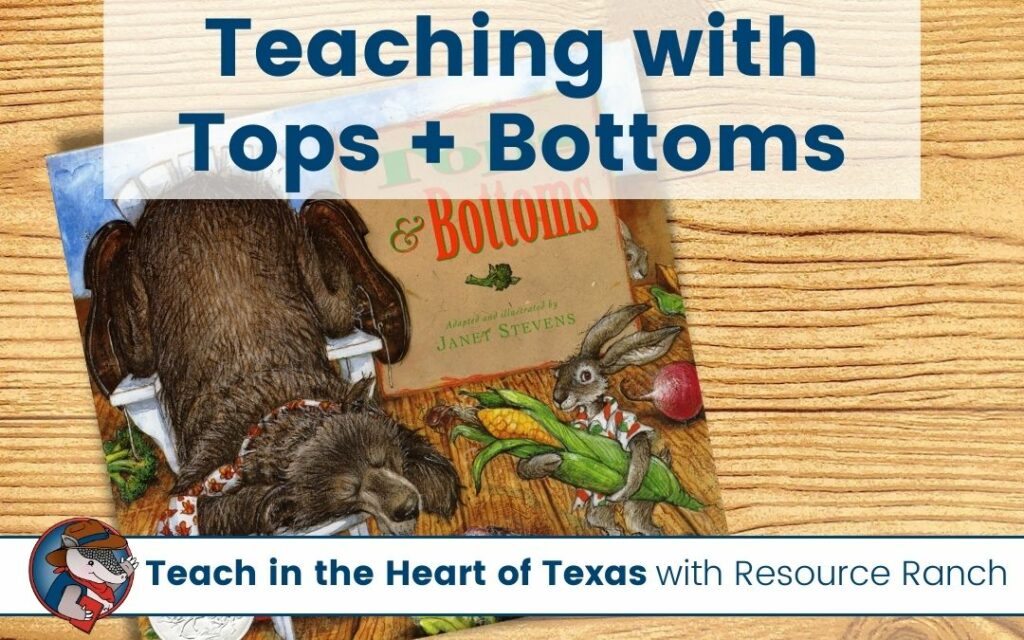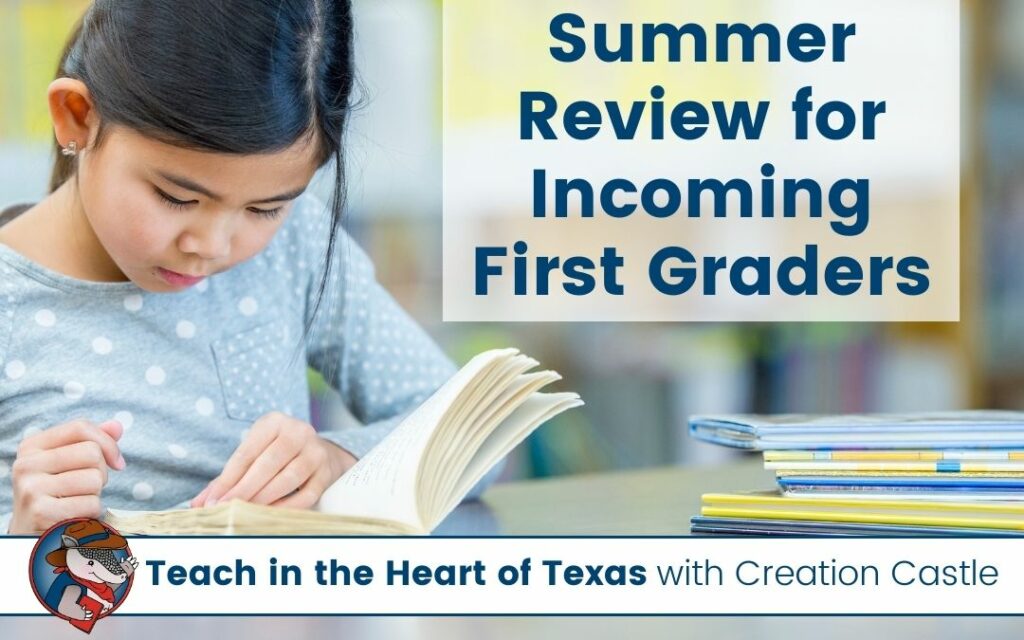Elf on the Shelf has been a well-known tradition since 2005. But have you ever considered adapting it for your classroom? We all know that as winter break approaches things can get a little crazy in the classroom. I found using an elf helped our class stay positive and on track through December.
The official Elf on the Shelf website describes the tradition as follows “Santa’s scout elves help him manage his naughty and nice lists. During the Christmas season, the elves are adopted by families and fly back to the North Pole every night to tell Santa about the day’s adventures. When the elves return from their nightly North Pole journey, they hide in a new spot and wait for their families to find them!”
While the original story of the elves was for families, it is easily adaptable to use in your classroom. In fact, you can register through the Elf on the Shelf website to receive K-5 lesson plans.
Getting Started with Elf on the Shelf
Step 1: Purchase Your Elf
The first thing you need is an elf of course! You can adopt a boy or girl elf and they come in a few skin tones. The original version of the elf comes with an elf, book, and keepsake box.
If you’re not crazy about the traditional elf (some find that he looks a little creepy), there is also a plush version available. However, this elf does not move as easily, so you can’t set him up in all the neat ways you may have seen on Pinterest.
He is actually marketed as a “touchable” version – if you touch the regular elf, he loses his magic!
Step 2: Introduce the Elf to Your Students
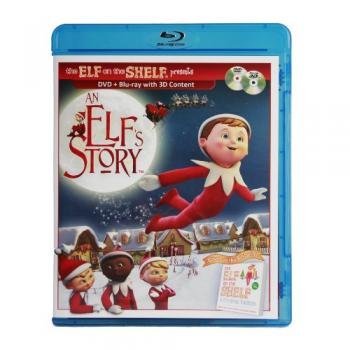
Now that you have your elf, you need a delivery plan. A super fun way to introduce the elf to your students is to have him delivered from the North Pole! Wrap the elf (in a box) in Christmas wrapping paper and put the box in the freezer at school. This will ensure your package is delivered freezing cold straight from the North Pole. Find a teacher friend, secretary, or even your principal that can bring the box down to your classroom at some point during the day.
After you unwrap the box, I suggest reading the book that came with your elf and/or watching the Elf on the Shelf movie to help students understand the purpose and magic of your elf friend.
After students have been familiarized with the elf story, your elf will need a name. This is a great opportunity to brainstorm some names together and then take a vote!
Step 3: Have Fun
Now it’s time for the fun part – letting your elf be mischievous! There are lots of great ideas on Pinterest for setting up your elf. You can make things a little easier and use an “Elves at Play” kit to help you set up scenarios.
You can also introduce more elements to your elf’s story by purchasing pets. Of course, you can use any stuffed animal, but the Elf on the Shelf Pets come with books.
In fact, you’ll find that the Elf on the Shelf shop has lots of great accessories for your elf, like clothes, suitcases, or even a gingerbread house!
Just remember that your elf needs to move every day after school (or before the kids get there in the morning). You’ll find your students will be eagerly anticipating your elf’s antics each day.
A Final Note…
Your elf is bound to lose his magic (A.K.A. a curious kid will try to pick up your elf friend). It’s important to address the mishap so it doesn’t keep occurring.
You can be as creative with this as you want. The elf can simply disappear for the rest of the day and be gone for a day or two as it recharges. Or you can do something to help the elf feel better. For instance, once the elf has been touched, have a student go the cafeteria to ask for some cinnamon. You can then sprinkle your elf with cinnamon to help give him (or her) enough magic to get back to the North Pole. You could also trying giving your elf a candy cane or Christmas cookie.
One of my students did this on her own after our elf lost his magic. She came back from lunch with a bag of cinnamon and a plan. The kids were excited to help our elf and were even more ecstatic when he was back at school the next day!
Enjoy being creative and let the elf magic begin!
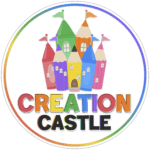
Creation Castle
Heather is the author of Creation Castle. She has experience with general education, special education, and ESL students in kindergarten through fifth grade. She specializes in early elementary math and literacy, as well as organization.

